Many people visit the Valley of the Temples in Agrigento, Sicily and completely miss the luscious botanical garden called the Kolymbetra.

Originally, the Kolymbetra was an exquisite artificial lake, full of freshwater fish which were bred to eat, and a colony of swans. It was surrounded by beautiful plants and flowers, reflected in its still waters. It was not only used as a water reserve for the city, but a heavenly place for people to sit and contemplate.

It had been dug by prisoners of war. The Carthaginians (from the city now called Tunis) tried to invade the Greek city of Agrigento in 480 B.C., but were definitively defeated at the Battle of Himera.
The ruler of Agrigento, called Teron, had the defeated Carthaginians dig out a vast pool, and redirected a great many rainwater channels to fill it. If you explore the ruins of the Valley of the Temples, you’ll see some of them, cutting diagonally across the streets.
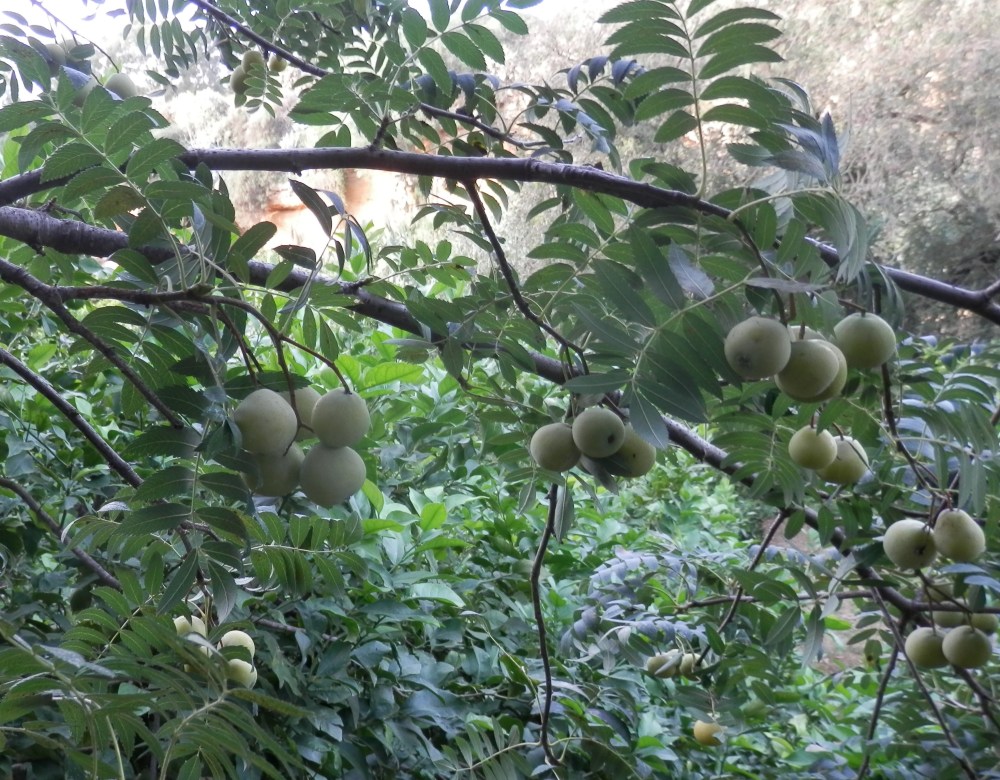
When the Moors arrived in Sicily about 15 centuries later, Agrigento was well past its prime, inhabited by Greek Orthodox Christians who grazed their sheep among the ruins of the noble temples whose purpose they no longer understood. They renamed it Kirkent and took charge of it.
Luckily, nobody could be bothered to undertake the utterly daunting task of dismantling these monuments to strange gods which had withstood wars, earthquakes and, if you believe some people, a tsunami as well.
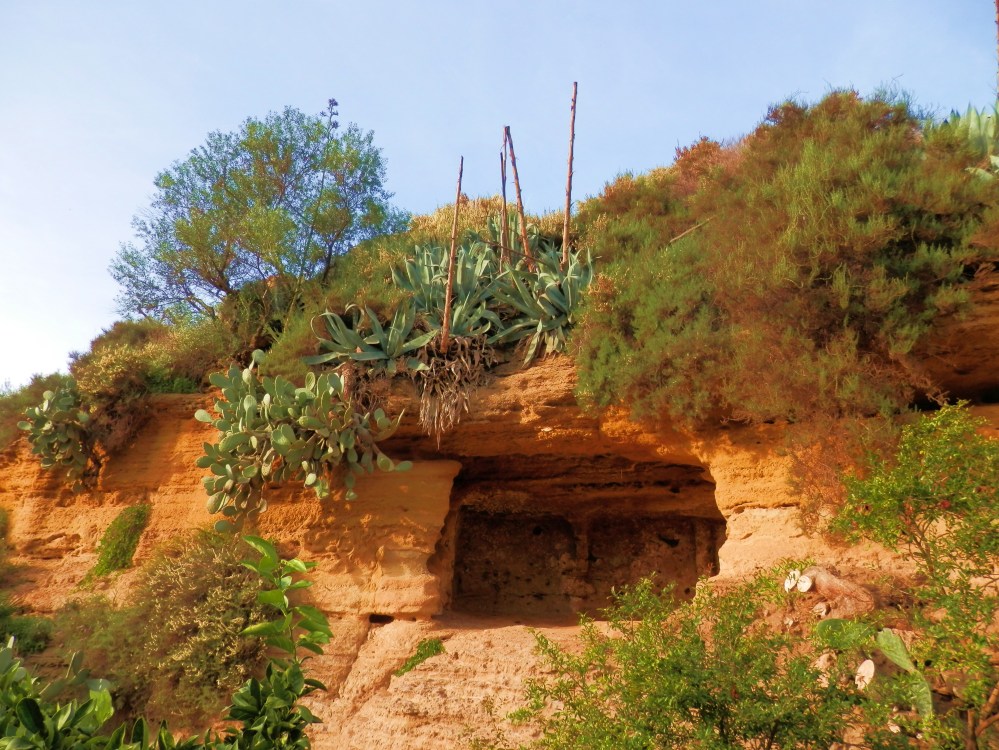
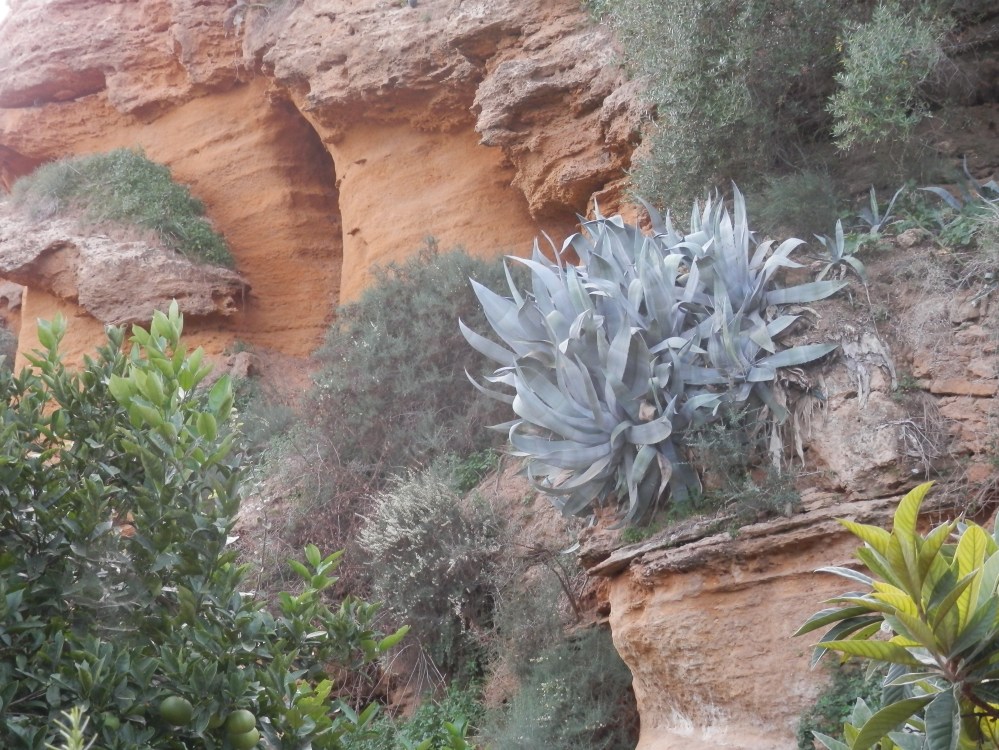
When they found the Kolymbetra in one corner of its ruins, choked with weeds and a large part filled in with soil for farmland, the Moors saw the potential to create a garden. They brought many species of their precious citrus trees, and collected other plants as well to plant a fruit orchard.
Since they considered fruit trees special, they always called orchards gardens, and beautified them with flowers as well as profitable crops.
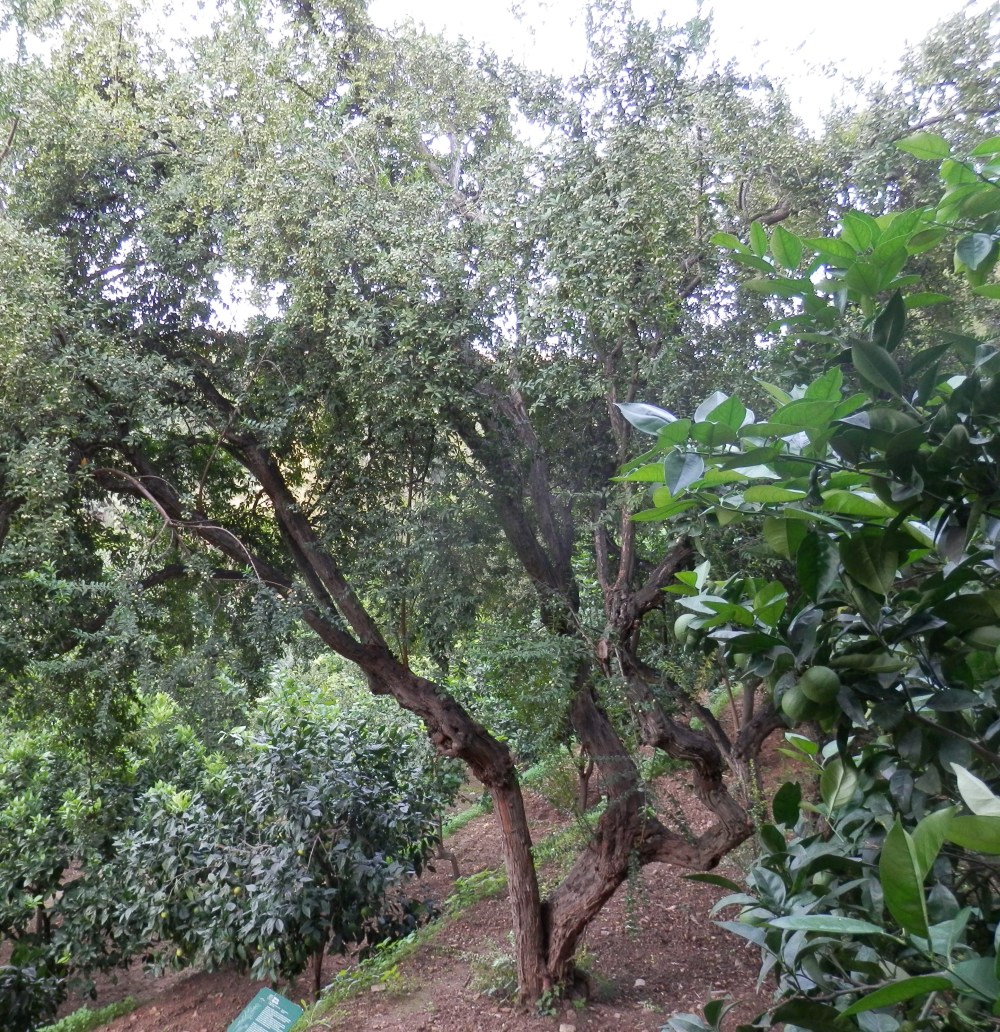
All the Moors had to to was cut a few irrigation channels, leading from what was left of the Kolymbetra, to water the garden.
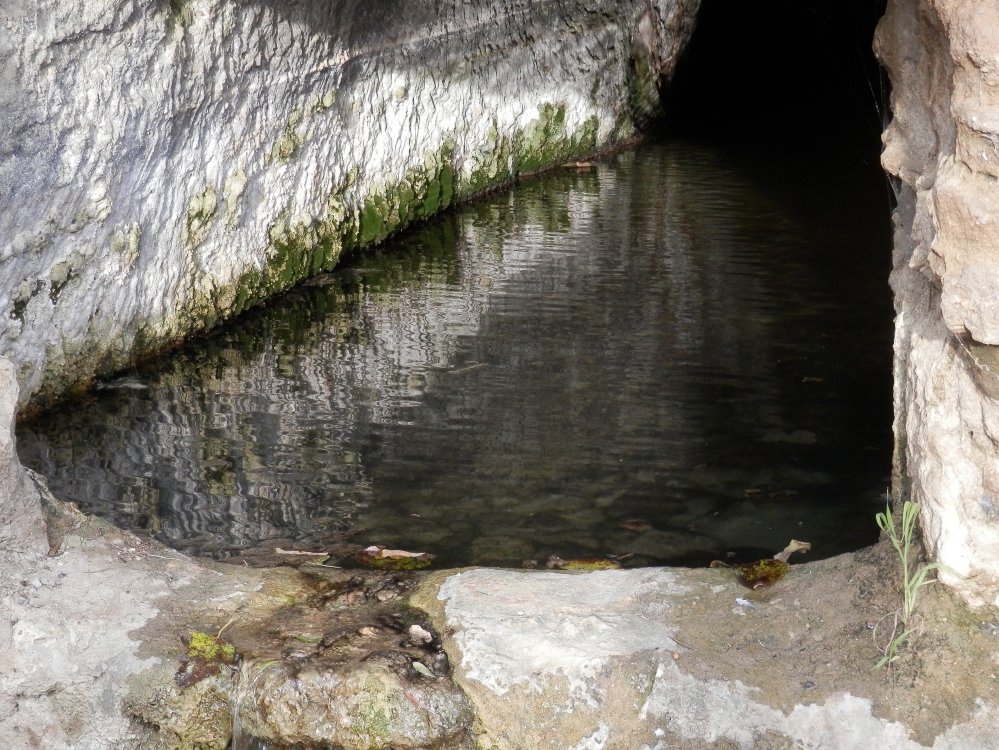


They maintained their garden with love. When they no longer ruled, it was handed over in the 16th century to the church for maintenance. It was admired by travellers on the grand tour for several more centuries, and only fell into disrepair when the water supply dried up in the 1980’s.
This little girl was taking her donkey to get some water from it in the 19th century.
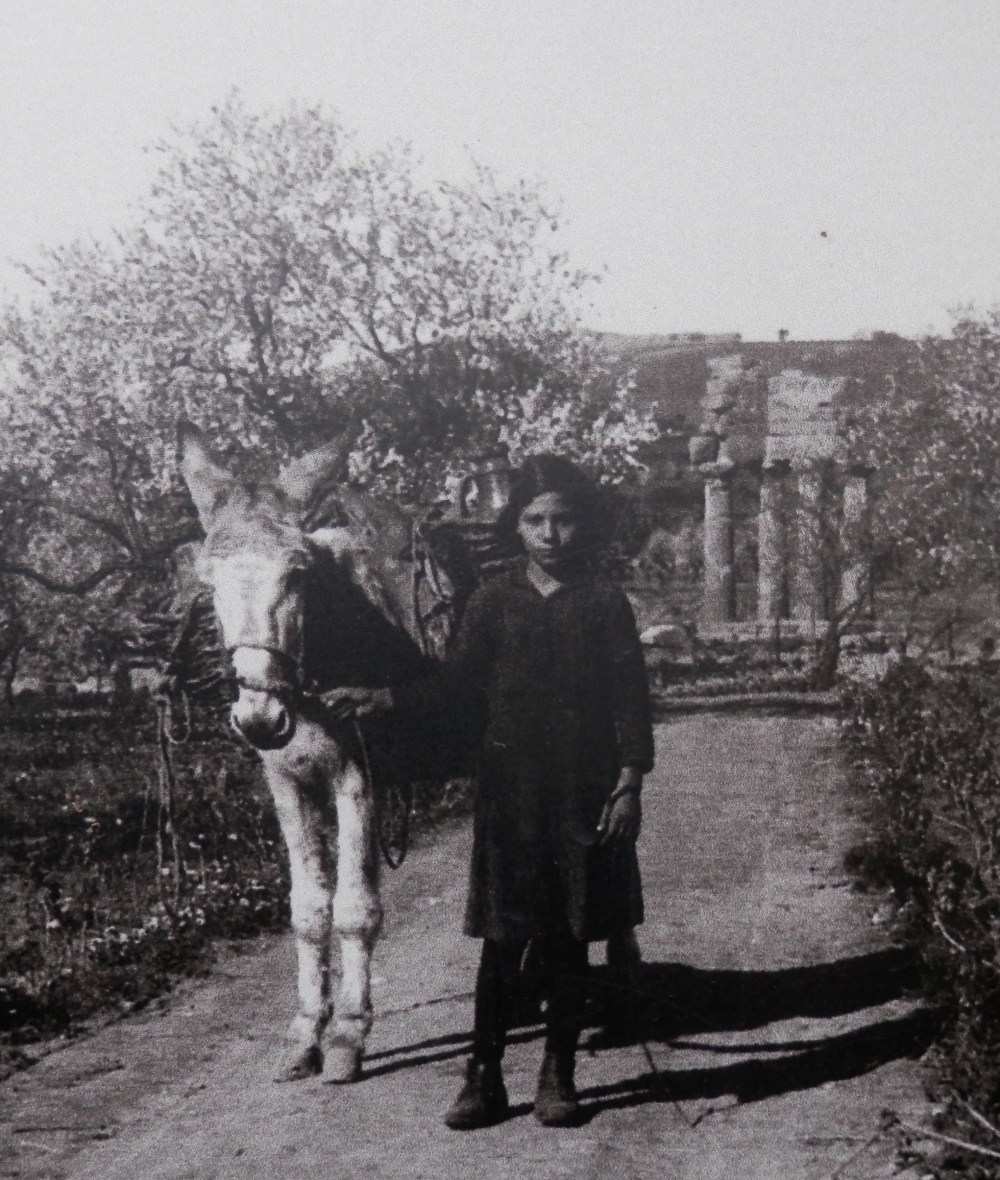
It has now been fully restored, using parts of the original irrigation system. Once again it offers a lush, shady oasis for weary travellers needing a cool haven from the roasting sun of the ancient and dusty city of Agrigento.
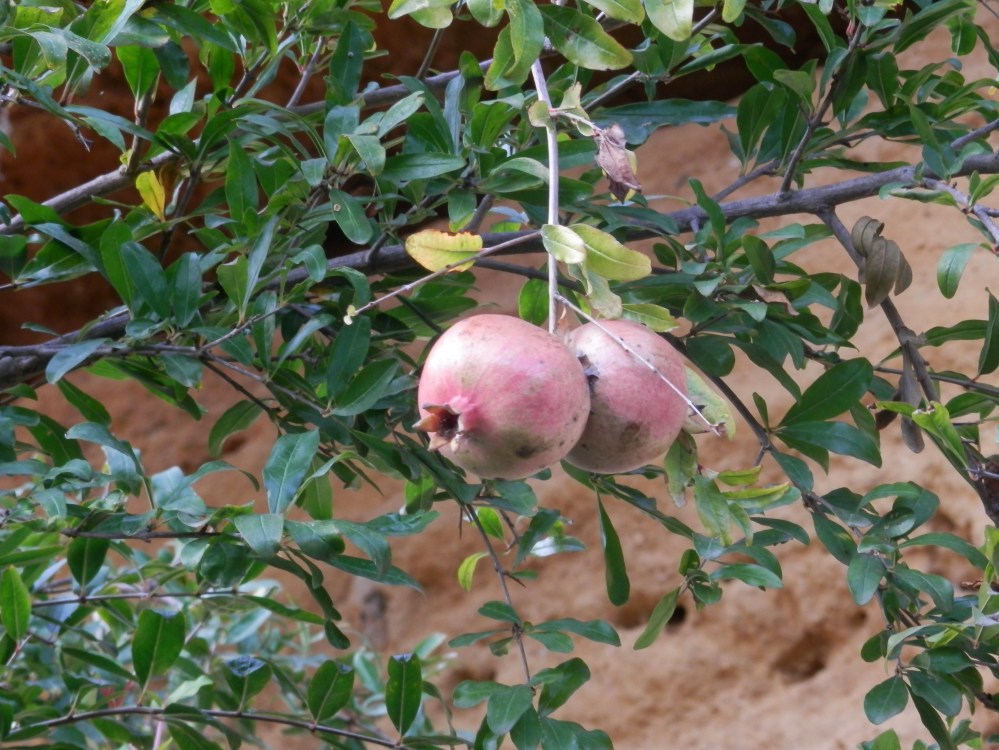
Below is a selection of plants from the garden, with information about them. We visited in October, so the citrus fruits were still mostly green – you have to go in December or January to see them in all their colourful glory.
If you look carefully you’ll notice that some pictures show large oranges and small ones on the same tree. They spend the winter producing fruit in rounds, so you see the trees with blossom (called zagara in Sicily) and baby fruits and mature fruits all at the same time. The lemon trees do the same thing literally for the entire year.
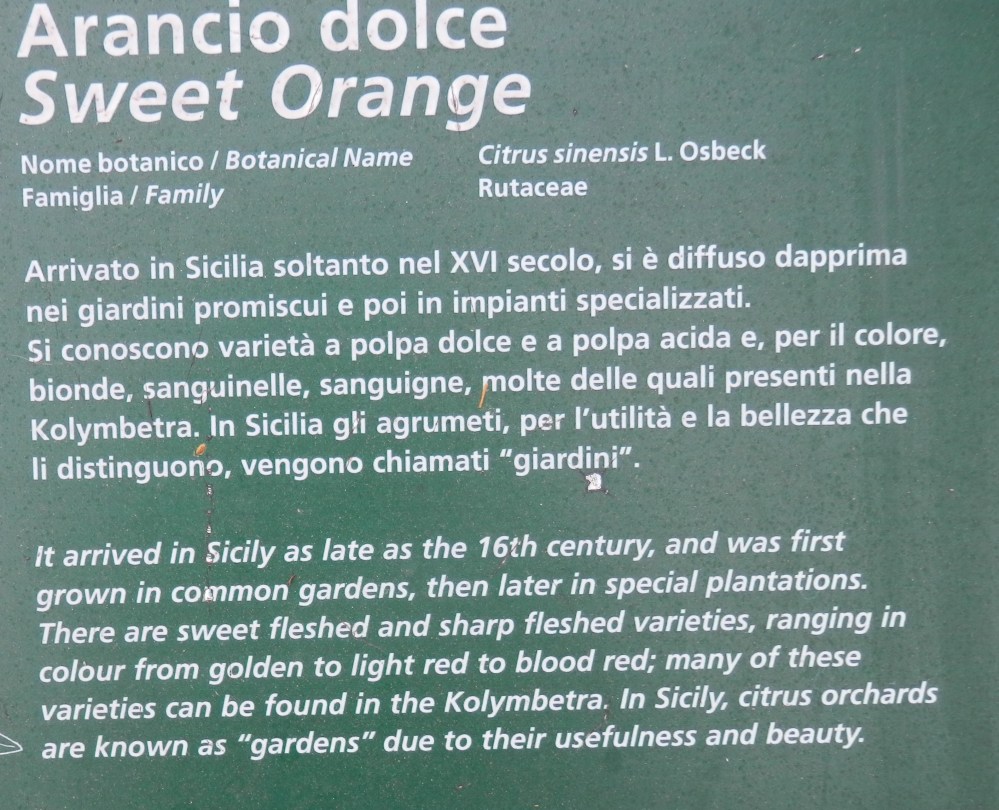
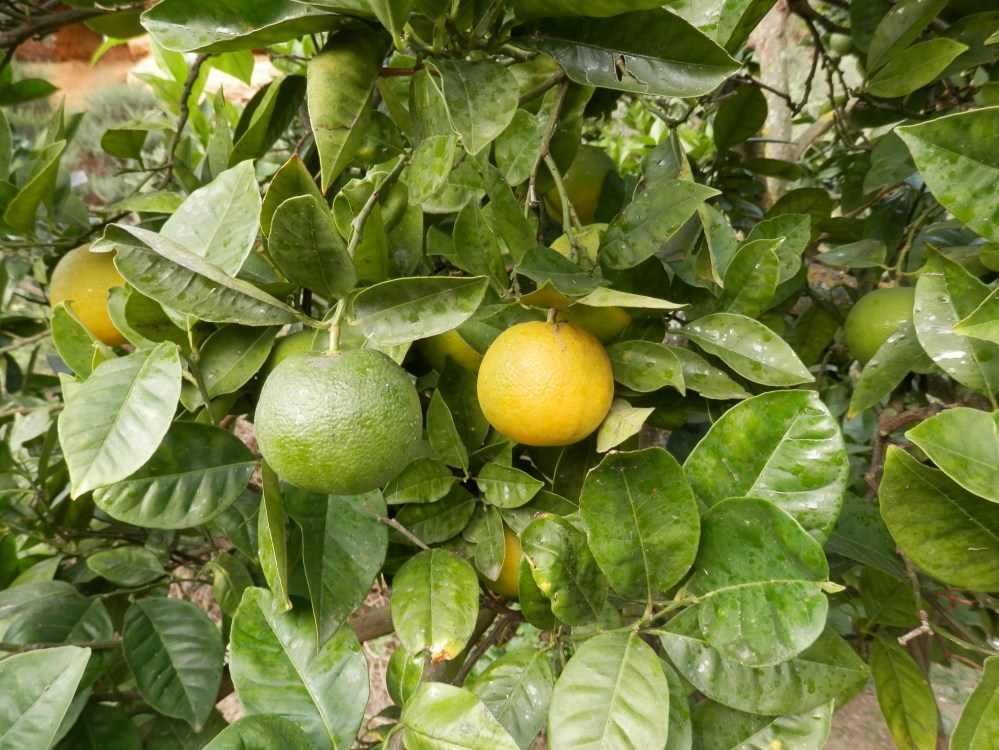

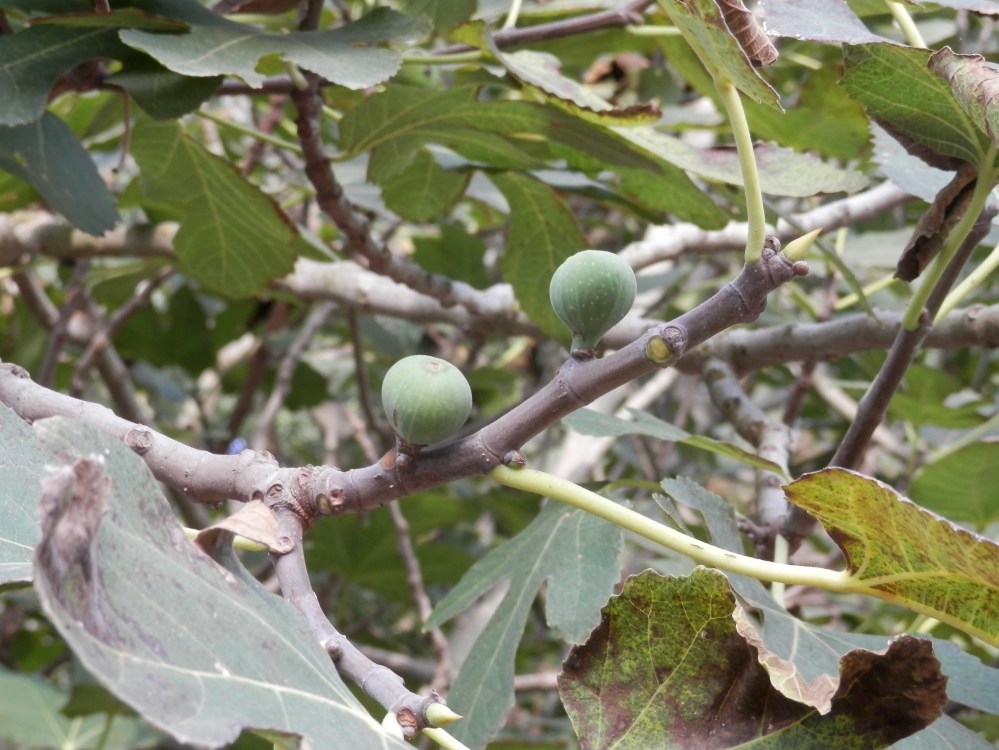
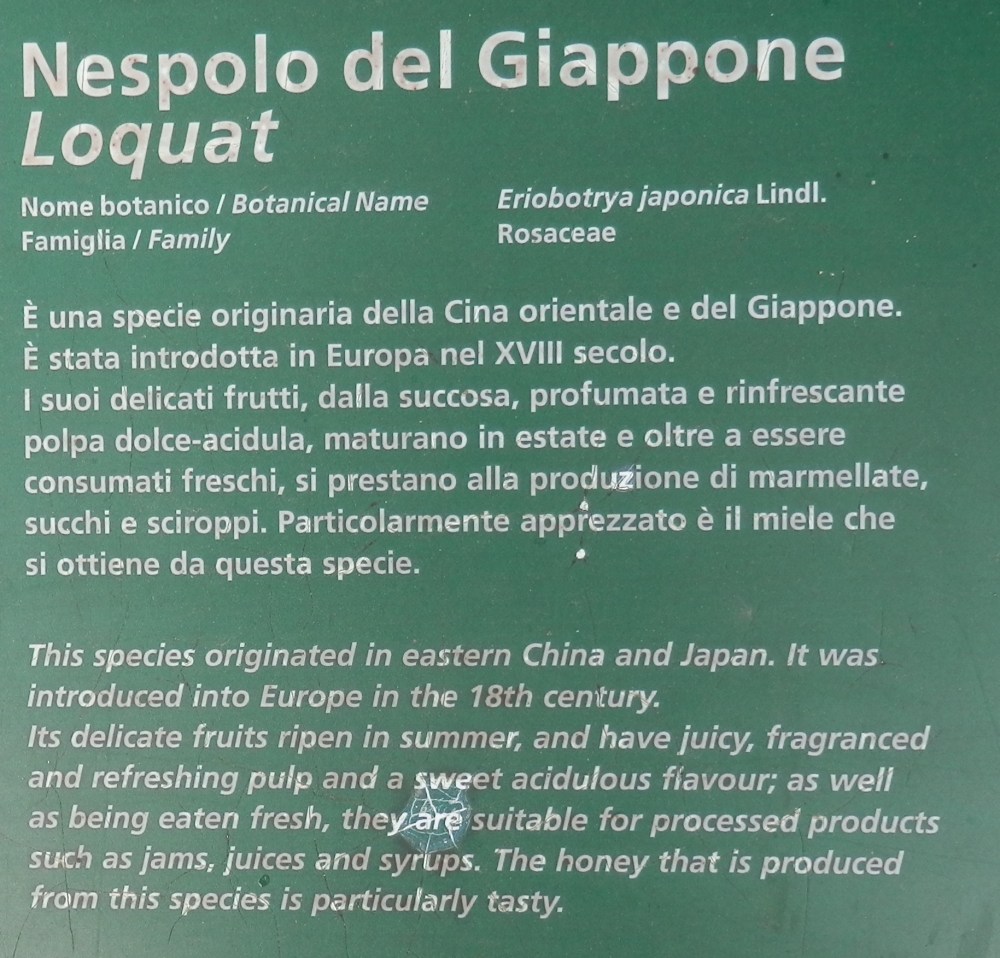

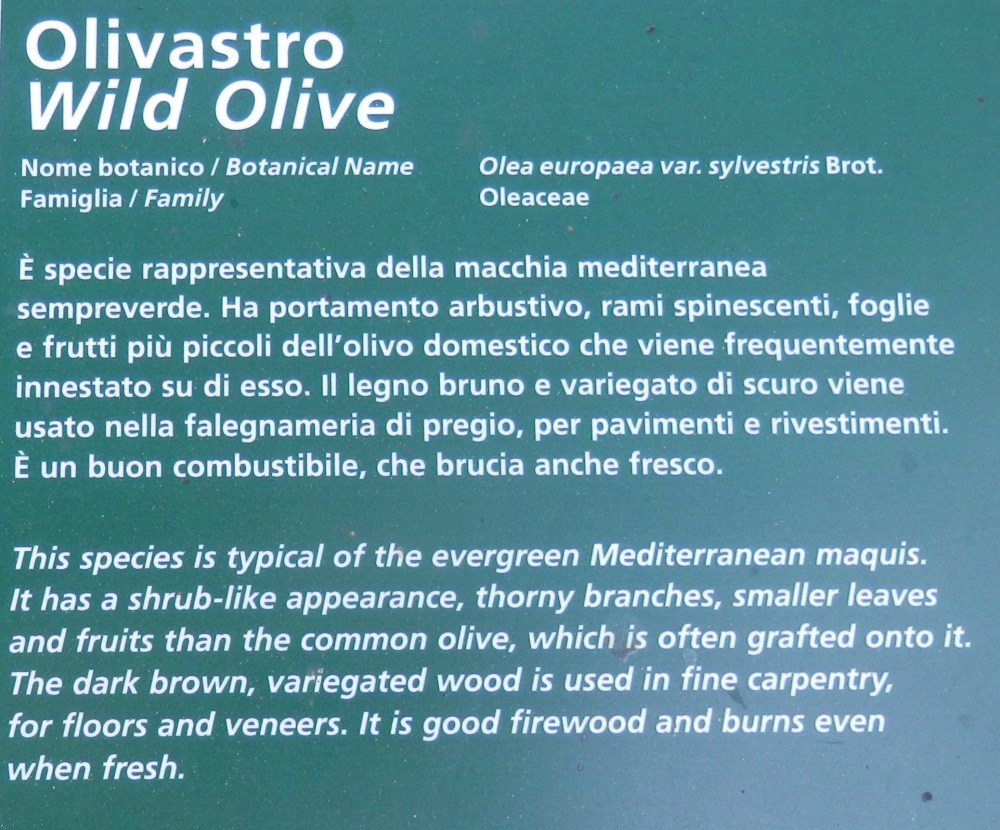
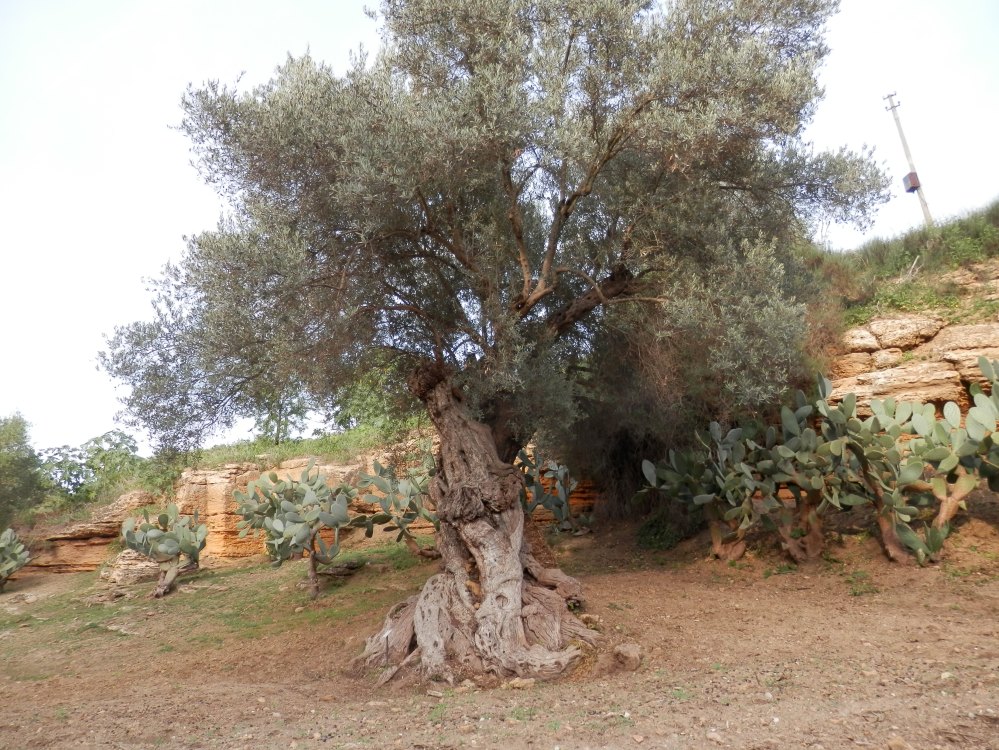




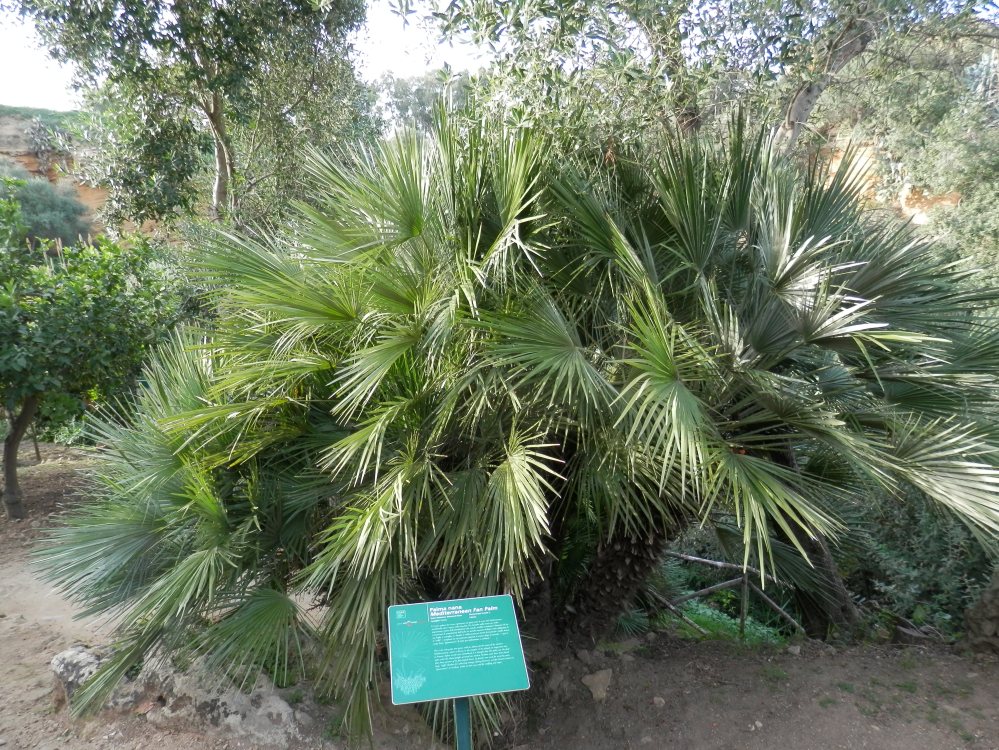
Here’s a banana tree.

Some grapefruit.

And finally, another view of the reflective pool that was once the heart of the Kolymbetra.
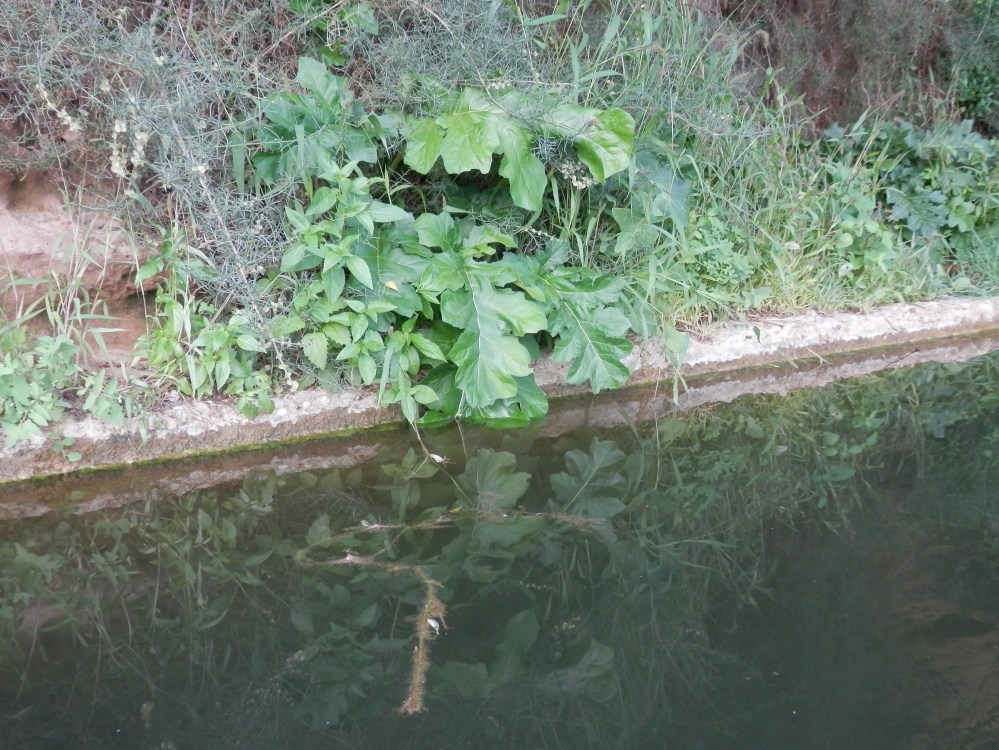
THIS ARTICLE IS PART OF MY NEW FREE ONLINE DANGEROUSLY TRUTHFUL TRAVEL GUIDE FULL OF THINGS TO DO IN SICILY.
EXPLORE THE MENU ON THE LEFT FOR MORE IDEAS FOR YOUR HOLIDAYS!
How to get to the Garden of the Kolymbetra
The garden is entered via a small gateway inside the Valley of the Temples archaeologial site in Agrigento, between the Temple of Castor and Pollux and the Temple of Vulcan. You pay a very small extra entrance fee.
You can buy delicious jams and honey and a few other organic items made from fruits cultivated in the garden – when in season, they sell fresh vegetables and fruit as well. To max out on edible offerings, you should go in May, which is fruit season in Sicily, or January, which is citrus season.
How to keep your children occupied on journeys
A SIMPLE GUIDE TO PLAYING TWELVE CLASSIC SICILIAN CARD GAMES
This book is available on all Amazon websites worldwide, in paperback and Kindle
Sicilian playing cards can be ordered online, from Amazon or other sites, or bought at any tobacconist’s in Sicily
BUY IT on Amazon.com
BUY IT on Amazon.co.uk
Very interesting
LikeLiked by 1 person
Really fascinating. Thank-you so much for this. Can’t wait to visit…
LikeLiked by 1 person
I am ready to explore that place. Agrigento!
LikeLiked by 1 person
Very interesting. Loved the additional info about the fruit trees and some of the other plants.
LikeLiked by 1 person
So pleased it’s been restored, a real hidden gem.
LikeLiked by 1 person
It really is a lush little oasis, and also quite something special to walk arounf a botanical garden created over 1000 years ago!
LikeLike
Beautiful as usual. I’m so glad ‘Expat’ led me to your blog. Right now, with the northern winter on the horizon, I rather wish I lived in Sicily!
LikeLiked by 1 person
Sicily is a fabulous place for a winter holiday actually. You can find bargain flights from England if you avoid the Christmas period, and the hotels are all dirt cheap too. I’ve been thinking about doing a post on things to do in Sicily in Winter… I’ll try to hurry up with that!
LikeLiked by 1 person